How to Ensure the Stability of PVD and CVD Machine Arms?
Case|How to Ensure the Stability of PVD and CVD Machine Arms?The purpose of thin film deposition is to enhance the conductivity of wafers. How can abnormal PVD and CVD machine arm operations impact the process? How can their operational stability be ensured?
The Importance of PVD and CVD Machine Arms in the Process
Monitoring Machine Conditions to Ensure High Reliability and Stability
PVD and CVD machines typically consist of multiple components, with the robotic arm being a crucial part.
The arm is mainly responsible for moving wafers to different positions to perform various steps of the thin film deposition process.
When a PVD machine arm malfunctions, it can impact the process in several ways.
For instance, the process may need to stop or pause, leading to reduced production efficiency.
The longer the downtime, the greater the losses.
The arm plays a vital role in ensuring uniform thin film deposition across wafers by accurately positioning them.
Any malfunction can result in process inconsistencies, leading to variations in wafer quality.
Moreover, machine arm issues can affect process safety, posing potential risks to both operators and equipment.
Therefore, it is essential for users to monitor the machine's condition to ensure high reliability and stability for smooth process operation.

VHP-PVD-NSK

VHP-Producer-NSK
Monitoring Explanation
VMS-ML Machine Learning Intelligent Monitoring System
The VMS-ML system visualizes dynamic signals from CVD and PVD machines, integrating machine learning to analyze operational movements.
By learning from machine operations and measuring stability differences, the system provides insights into process stability.
The data trends not only define the machine's stability standards but also serve as a validation tool to confirm performance before deployment after maintenance.
Measurement Conditions
1. Sensor Installation: VMS-ML external sensor does not require integration with equipment signals!
Start establishing learning standards for the equipment immediately and monitor its condition.
Visualization of Machine Dynamic Signals and Machine Learning Actions:
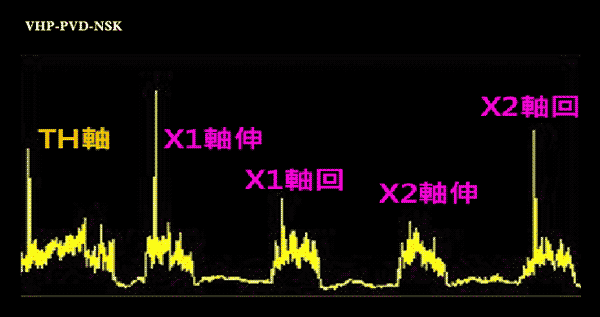
Model 1: VHP-PVD-NSK
Operation Description: TH axis rotates, X1 extends forward, returns to its original position, then X2 operates.
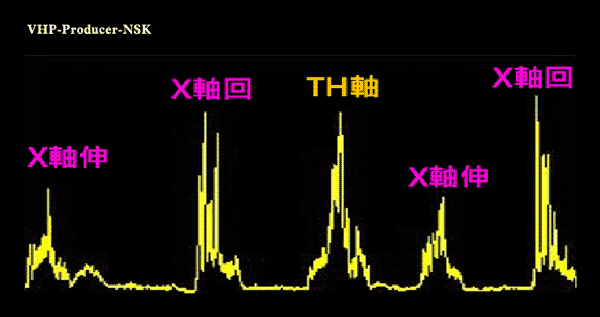
Model 2: VHP-Producer-NSK
Operation Description: X axis extends forward, returns, TH axis rotates to the opposite side, and the X axis extends again.
2. The system automatically tracks characteristic signals, detecting predefined target signals in real-time.
From simple to complex movements, automatic tracking and recognition are possible.
Abnormal Simulation and Visualization for VHP-PVD-NSK Machine:
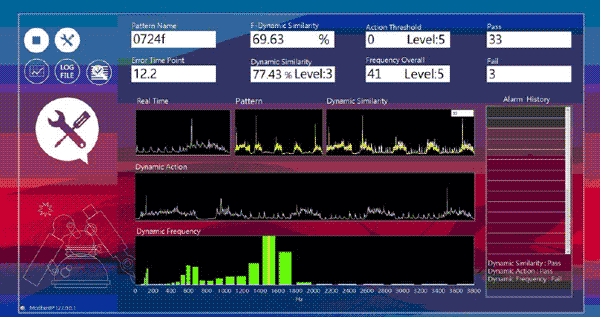
Result: Vibration in X1 and X2 axes.
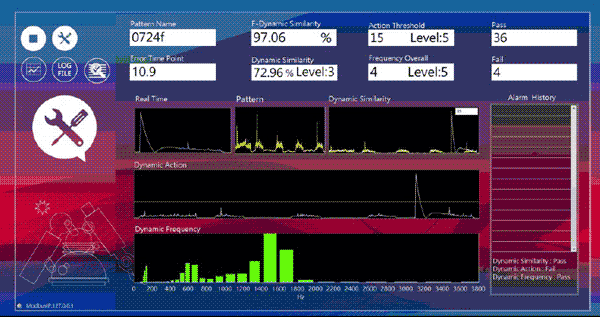
Result: Abnormal surge in X2 axis movement.
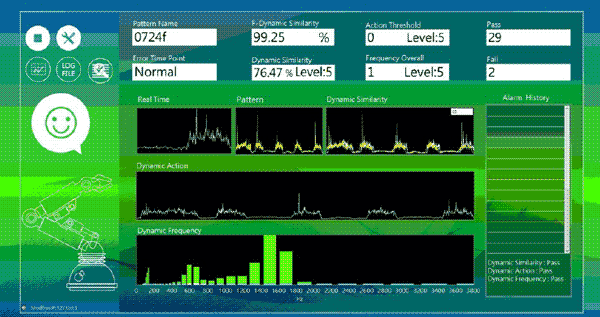
Result: Machine vibration.
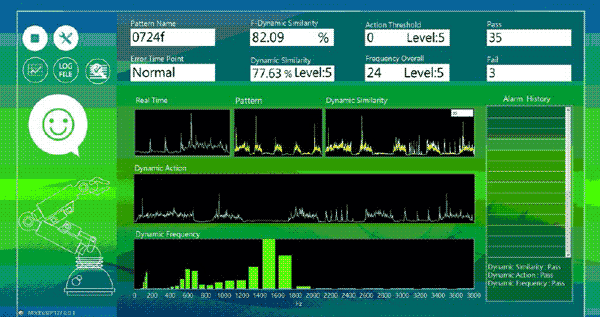
Result: X2 axis vibration.
Abnormal Simulation and Visualization for VHP-Producer-NSK Machine:
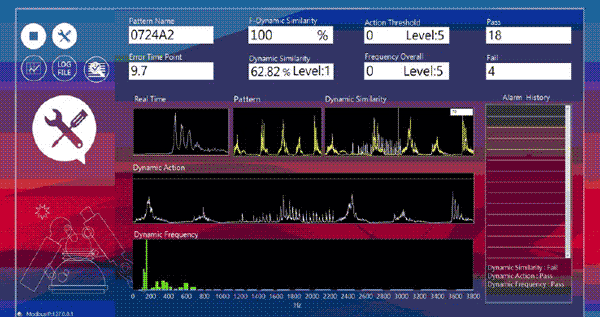
Result: X axis wear after extending and retracting.
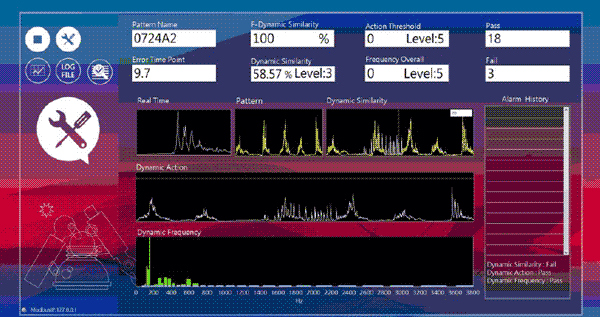
Result: X axis extension stop anomaly.
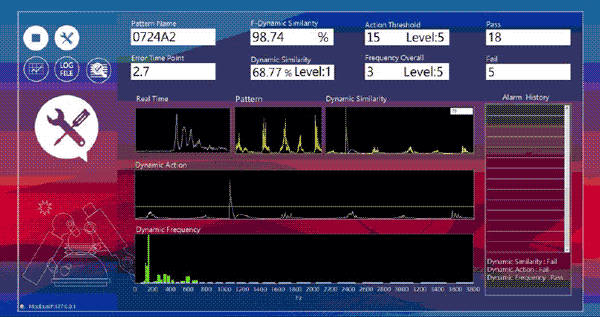
Result: Machine vibration.
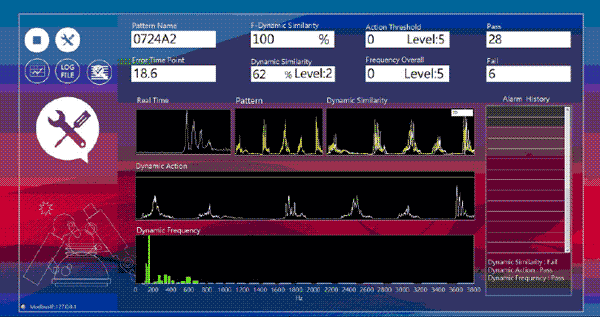
Result: TH axis start anomaly.
Measurement Conclusion
VMS-ML enables standardized machine arm motion procedures, identifying anomalies to prevent defects and improve product yield. By analyzing data trends, the system helps predict potential failures and serves as a reference before and after machine maintenance.
VMS-ML Machine Learning Monitoring System


